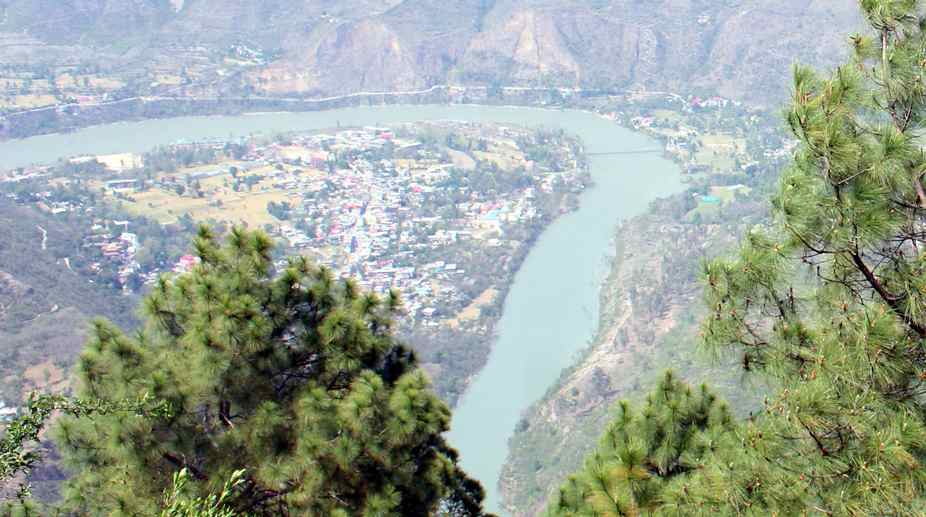Hundreds of villages in Punjab, Himachal inundated; evacuation underway
Hundreds of villages in Punjab located along the swollen Satluj and Beas rivers were inundated on Wednesday with the opening…

A view of Satluj River at Sunni near Shimla (Photo: Lalit Kumar/SNS)
Hydro power development, unregulated construction, sand mining and urbanisation are the major threats that rivers in Himachal Pradesh are facing.
Releasing the ‘State of the Rivers Report’, Himdhara, Environment Research and Action Collective brings to light the key threats of development which are interfering with river flows, hampering riverine ecology and changing the nature of the river and dependencies around it.
Advertisement
According to the report, the Beas, Satluj, Yamuna and Ravi are the most threatened river basins. “The Chenab as of now and Upper Satluj, with Spiti, as the main tributary, along with parts of Beas like Tirthan, are the only wild and free flowing rivers in the state. There are streams and rivers in small stretches that are pristine, but small hydro projects are planned in most of them,” said an activist Manshi Asher with Himdhara. She said the parts of Tons and Giri, known for their Mahaseer fish, are under threat due to dams.
Advertisement
The report recommends that the blue or wild rivers needs to be protected from the threats and a plan of action needs to be made for the same.
“At the same time, the areas where there is moderate threat an effort needs to be made by the regulatory agencies – Forest Department. Pollution Control Board and the State Environment Department to take action.”
Asher said this report is more of a compilation of our understanding, experience and the existing documentation on rivers in the State. It is by no means a complete and exhaustive document.
She said a thorough ‘State of the Rivers Report’ should assess the social, cultural, economic values of these rivers and how these have changed historically, carrying out a detailed study based on primary data as well as secondary research from a variety of sources.
“Moreover, it is the communities who depend on these rivers who would best describe the changes that have occurred over time. And thus any assessment would be incomplete without a people’s voice in it,” she said.
Advertisement
Hundreds of villages in Punjab located along the swollen Satluj and Beas rivers were inundated on Wednesday with the opening…
The objective of holding the pooja is to spread the awareness regarding the upkeep of the river
Advertisement
